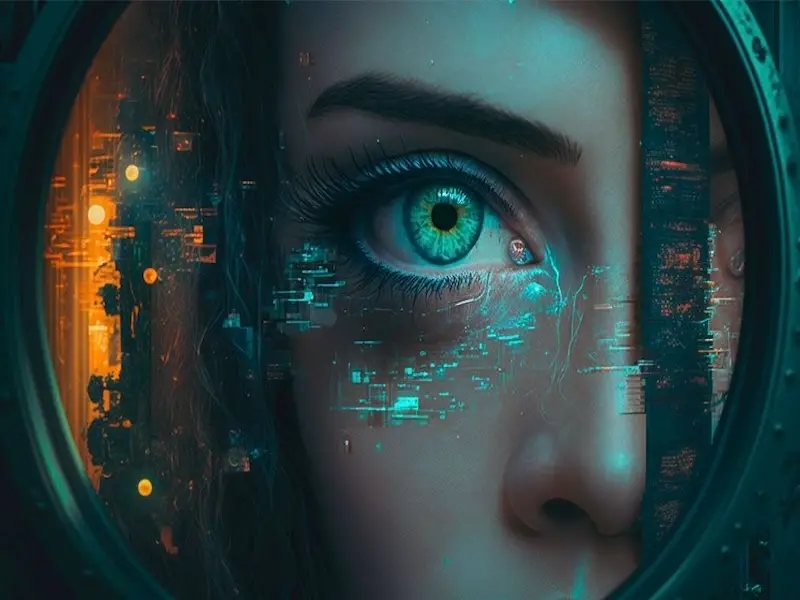- Artificial Intelligence (AI) refers to machines designed to simulate human intelligence, enabling tasks like learning, reasoning, and problem-solving.
- The field of AI has evolved from early theories in the 1950s to advanced applications in sectors like healthcare, finance, and transportation, powered by machine learning and deep learning technologies.
Artificial intelligence (AI) has evolved from a niche concept in the world of science fiction to a cutting-edge technology that is transforming nearly every industry. From smart assistants like Siri to self-driving cars and personalized recommendations on streaming platforms, AI is shaping the future in ways previously unimaginable. In this article, we’ll dive into the concept of artificial intelligence, explore its types and applications, and examine its potential to reshape society and business.
Also read: Is AI ready to be a general purpose technology?
Also read: Human vs AI investment adviser: Which is best?
What is artificial intelligence?
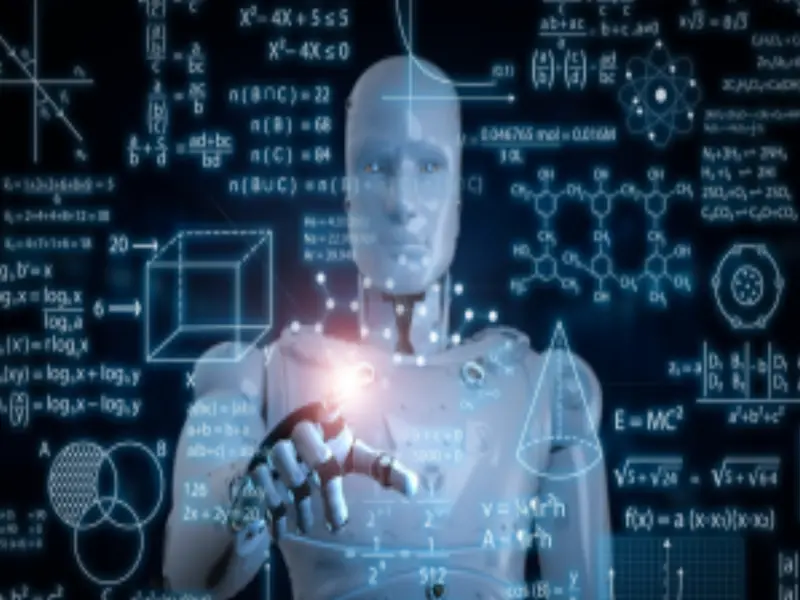
Artificial Intelligence refers to the simulation of human intelligence in machines that are programmed to think, learn, and solve problems. Essentially, AI is about creating systems that can perform tasks traditionally requiring human intelligence. These tasks can include reasoning, speech recognition, visual perception, decision-making, and language translation. As AI expert Andrew Ng once said, “Artificial Intelligence is the new electricity.” Just as electricity transformed industries in the 20th century, AI is poised to revolutionize the modern world across all sectors.
AI systems can be designed to mimic cognitive functions such as problem-solving, learning from experience, and adapting to new situations. According to Fei-Fei Li, a leading figure in AI research, “The future of AI is about human-centered AI that works for humanity.” The goal is to create machines that can perform tasks with minimal human intervention or even autonomously.
Renowned AI researcher Yann LeCun has also emphasized, “The ultimate goal of AI is to create machines that can learn and think like humans, solving problems we have not even imagined yet.” As AI continues to evolve, its potential to enhance decision-making and solve complex challenges grows exponentially, reshaping the way we work and live.
Also read: Responsible AI: Navigating the future of artificial intelligence
Also read: The privacy dilemma: Can AI be both smart and secure?
The future of AI is about human-centered AI that works for humanity.
Fei-Fei Li, a leading figure in AI research
The evolution of artificial intelligence
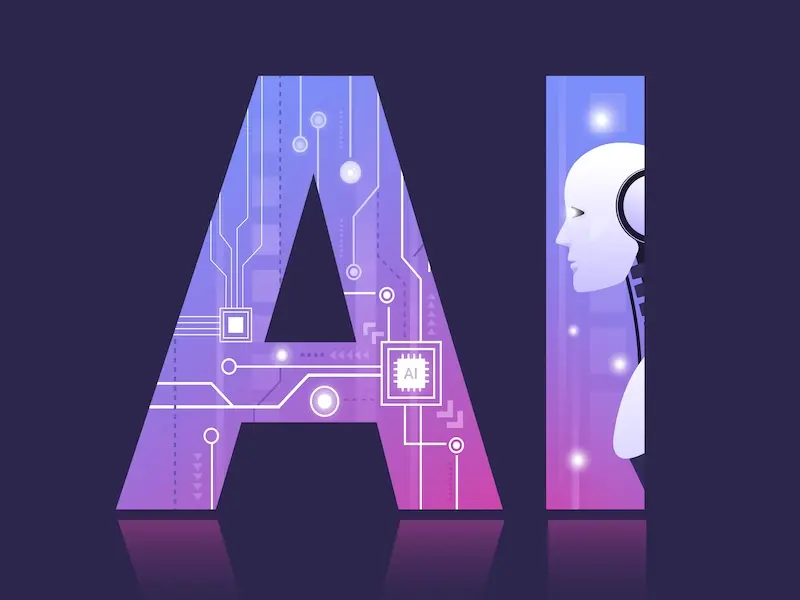
AI has a long history, dating back to the 1950s when Alan Turing, a British mathematician and computer scientist, proposed the concept of machine intelligence in his seminal paper “Computing Machinery and Intelligence.” Turing’s famous “Turing Test” became a benchmark for determining whether a machine could exhibit intelligent behavior equivalent to that of a human.
As AI expert Stuart Russell has noted, “The field of artificial intelligence is progressing rapidly, but we are still far from understanding the full scope of its capabilities.” This highlights how the journey from Turing’s early ideas to today’s sophisticated AI systems is marked by rapid progress, yet still faces significant challenges in understanding and developing general intelligence.
Over the decades, AI research has advanced through various phases, from symbolic AI in the mid-20th century to the more recent advances in machine learning (ML) and deep learning (DL). The late 20th and early 21st centuries have witnessed significant breakthroughs in AI, largely due to increases in computational power, vast amounts of data, and improved algorithms. According to Demis Hassabis, co-founder of DeepMind, “The breakthrough in AI is not just about algorithms but also about having access to more data and computational power than ever before.” This has allowed AI to move from theoretical concepts to tangible applications in industries ranging from healthcare to finance.
Also read: Musician creates fake AI songs and fake listeners to reap $10M in streaming royalties
Also read: Interview with Adam Zhou from Novita AI: Driving innovation in AI solutions
The breakthrough in AI is not just about algorithms but also about having access to more data and computational power than ever before.
Demis Hassabis, co-founder of DeepMind
Types of artificial intelligence
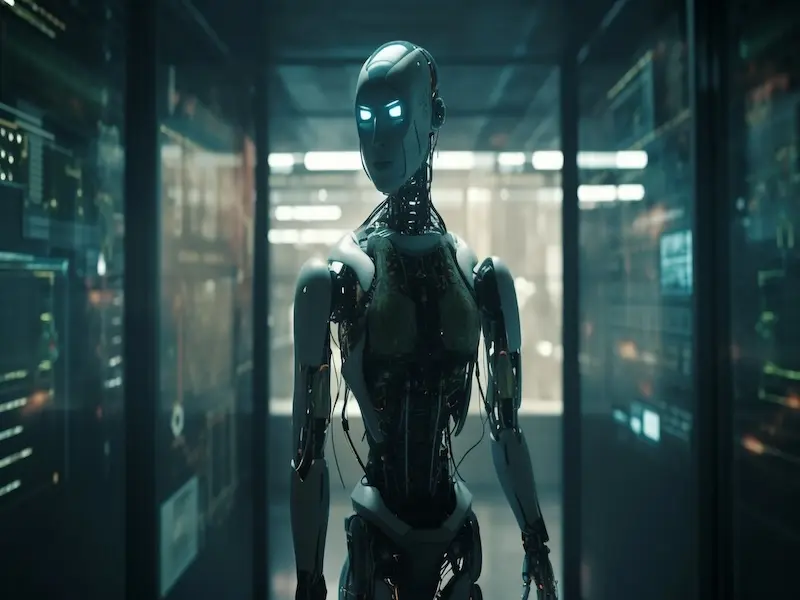
AI can be broadly classified into two categories based on its capabilities and functionalities: Narrow AI and General AI.
1. Narrow AI (Weak AI)
Narrow AI, also known as Weak AI, refers to AI systems that are designed and trained to handle a specific task or a limited set of tasks. These systems excel in the domains they are trained in but cannot perform tasks outside their scope. Most AI applications we encounter today fall under this category, such as:
- Voice assistants: Siri, Alexa, Google Assistant
- Image recognition systems: Facial recognition and object detection
- Recommendation systems: Netflix and Amazon recommendations
- Self-driving cars: AI systems that can navigate roads and make decisions based on data from sensors
While these systems are powerful within their specific domains, they are incapable of generalizing to tasks beyond what they were explicitly designed for.
2. General AI (Strong AI)
General AI, or Strong AI, is a theoretical form of AI that would possess the ability to perform any intellectual task that a human can. Unlike Narrow AI, which is limited to specific functions, General AI would have the flexibility to solve new problems, learn new tasks, and understand the world in ways similar to a human. This form of AI does not yet exist, and its development remains a subject of extensive research and debate.
General AI is often viewed as the holy grail of AI research, with researchers hoping that one day we will create a machine that can think, reason, and understand the world in a truly human-like manner. However, the timeline for achieving this remains uncertain, with some experts believing it could be decades before we reach General AI, while others are more skeptical.
Also read: Musician creates fake AI songs and fake listeners to reap $10M in streaming royalties
Also read: How LLMs became the first generally accessible AI technology
How does artificial intelligence work?
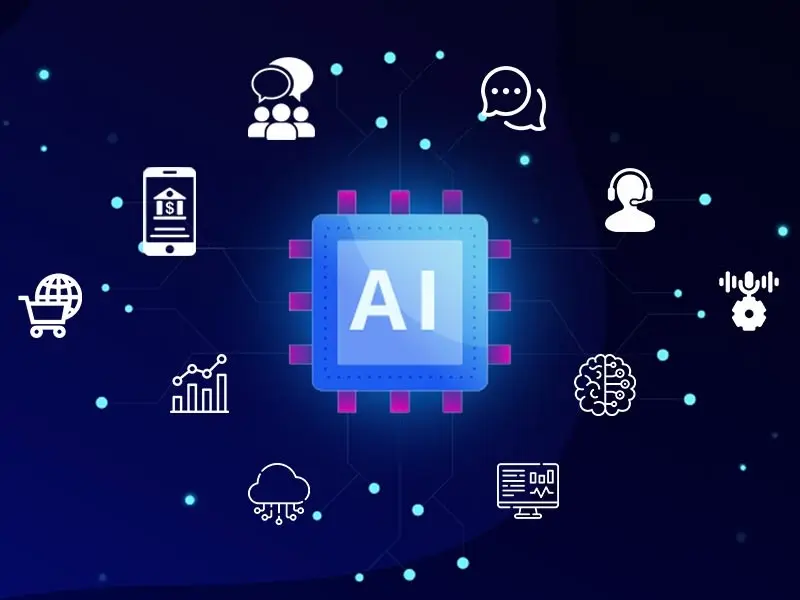
The operation of AI systems typically involves several key components, including data, algorithms, and computing power. Here’s a breakdown of how AI works:
Data
AI systems rely on vast amounts of data to learn and make decisions. This data could be anything from images and text to sensor data and user interactions. The more high-quality data an AI system is trained on, the better it can perform its tasks. As data scientist DJ Patil explained, “Data is the fuel that powers the engine of artificial intelligence.” High-quality, diverse data enables AI to learn patterns and improve its accuracy.
Algorithms
Algorithms are the mathematical instructions or rules that guide the AI system in processing data and making predictions or decisions. Machine learning (ML) and deep learning (DL) algorithms are particularly important in AI. These algorithms allow AI systems to learn from data and improve over time. Geoffrey Hinton, a pioneer in deep learning, has stated, “The biggest breakthrough in AI came when we realized that a neural network could learn to improve itself by adjusting its own weights.” This ability for self-improvement through algorithms has driven the remarkable advancements in AI capabilities.
Computing power
AI systems require significant computing resources to process data and run complex algorithms. This is why AI advancements have been closely tied to the growth of cloud computing and specialized hardware like GPUs (Graphics Processing Units). As tech entrepreneur Elon Musk pointed out, “The speed of AI development depends on the computational power we can harness.” The increasing availability of powerful computing infrastructure has been a key enabler of AI’s rapid progress.
Learnig
AI systems can learn in different ways. For example:
- Supervised learning: The system is trained on a labeled dataset, where the correct answers are provided, allowing the AI to learn patterns and make predictions.
- Unsupervised learning: The system is given unlabeled data and must find patterns and structures in the data on its own.
- Reinforcement learning: The AI system learns through trial and error, receiving feedback from its actions to improve performance.
The speed of AI development depends on the computational power we can harness.
Elon Musk, co-founder of OpenAI
Applications of artificial intelligence
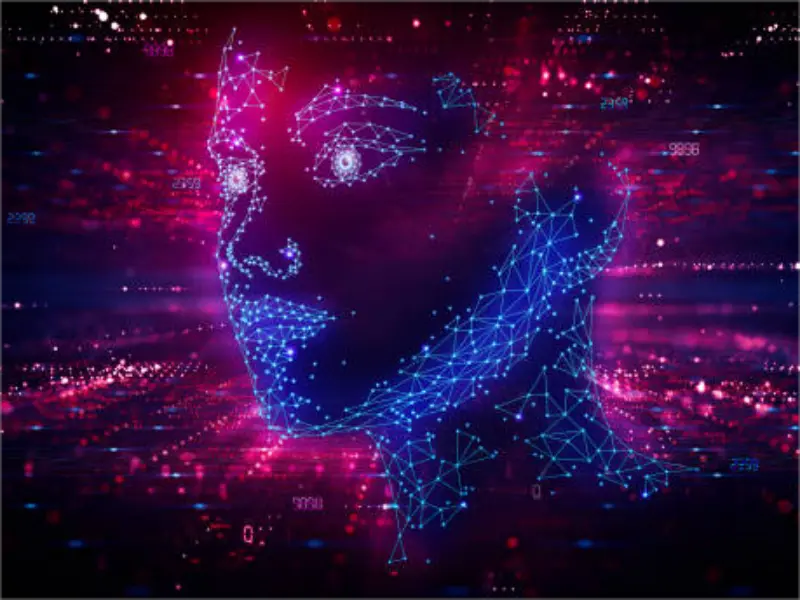
AI is already having a significant impact across various industries, and its influence is expected to grow in the coming years. Here are some key applications of AI:
1. Healthcare
AI is revolutionizing healthcare by improving diagnosis, treatment planning, and patient care. Some examples of AI in healthcare include:
- Medical imaging: AI algorithms can analyze medical images like X-rays, MRIs, and CT scans to detect abnormalities such as tumors or fractures.
- Drug discovery: AI models can predict how different compounds might interact with diseases, accelerating the drug discovery process.
- Personalized medicine: AI can help tailor treatment plans to individual patients based on their genetic makeup and medical history.
2. Finance
The finance industry is one of the biggest adopters of AI. AI applications in finance include:
- Fraud detection: AI systems can analyze transaction patterns in real-time to detect fraudulent activities.
- Algorithmic trading: AI is used to analyze market data and execute trades at optimal times, often faster than human traders.
- Credit scoring: AI can analyze a wide range of data to determine a person’s creditworthiness, beyond traditional credit scores.
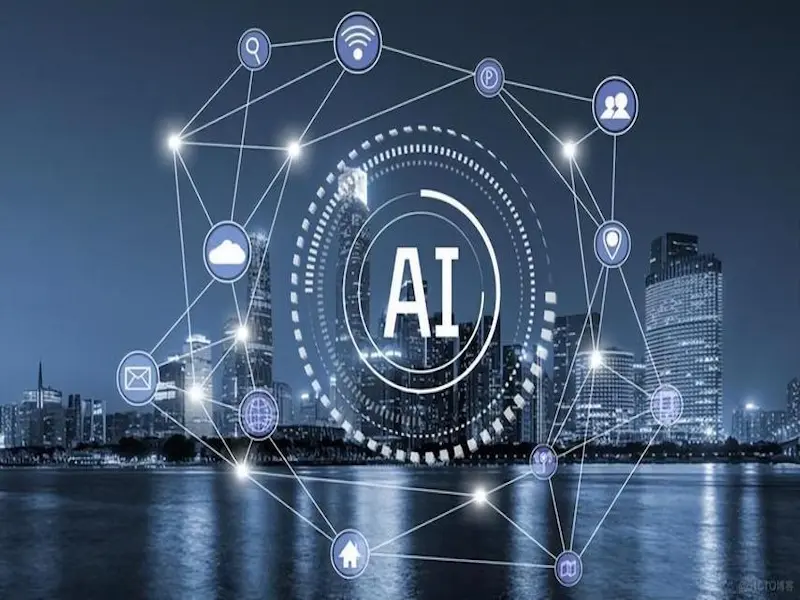
3. Retail
Retailers are using AI to enhance customer experiences, streamline operations, and boost sales. Some AI-driven retail innovations include:
- Chatbots and virtual assistants: AI-powered chatbots can provide customer support, answer queries, and assist with shopping.
- Inventory management: AI systems predict demand for products, helping businesses manage inventory more efficiently.
- Personalized shopping experience: AI analyzes customer data to recommend products tailored to individual preferences.
4. Transportation
AI is also making strides in the transportation industry, with significant developments in:
- Self-driving cars: Autonomous vehicles use AI to navigate, detect obstacles, and make driving decisions without human input.
- Traffic management: AI systems optimize traffic flows in cities by analyzing real-time data from sensors and cameras.
- Route optimization: AI algorithms help logistics companies optimize delivery routes to save time and fuel.
5. Education
AI in education is transforming both teaching and learning. Some key applications include:
- Personalized learning: AI systems adapt lessons based on individual student needs, helping students learn at their own pace.
- Automated grading: AI can grade assignments and exams, freeing up teachers to focus on more complex tasks.
- Virtual tutors: AI-powered chatbots can act as tutors, answering student questions and providing explanations.
Ethical considerations and challenges of AI
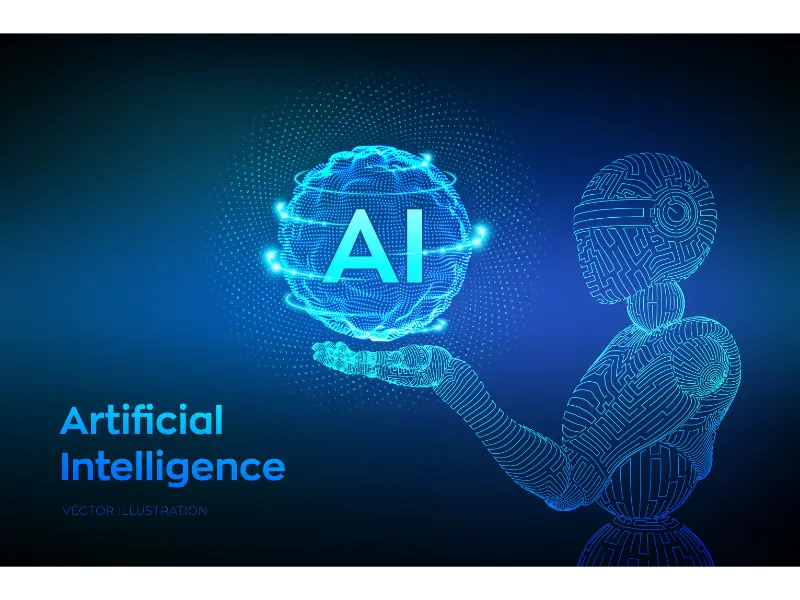
While AI holds immense potential, it also raises important ethical concerns. Some of the key challenges include:
1. Bias and fairness
AI systems can inherit biases from the data they are trained on. If the training data is biased or unrepresentative, AI models may produce unfair or discriminatory outcomes. For example, biased AI in hiring processes could lead to discrimination against certain groups.
2. Job displacement
As AI automates more tasks, there are concerns about job displacement. Many jobs that are repetitive or manual in nature could be replaced by AI systems. However, this shift could also create new jobs in AI development, management, and other related fields.
3. Privacy concerns
AI systems often rely on vast amounts of personal data to function effectively. This raises concerns about data privacy and security, especially as AI is increasingly used in sensitive areas like healthcare and finance.
4. Accountability
In the event of an AI system making a mistake or causing harm, determining who is responsible can be difficult. Should it be the developers, the companies deploying the AI, or the AI itself?
The future of artificial intelligence
The future of AI holds great promise, with advancements in technology continuing to push the boundaries of what AI can achieve. As AI becomes more integrated into everyday life, it is likely to create new opportunities and challenges. Some areas to watch for the future of AI include:
- AI and Creativity: AI is beginning to generate art, music, and literature, opening up new possibilities in creative industries.
- AI in Climate Change: AI could play a significant role in addressing climate change by optimizing energy use, predicting environmental changes, and developing sustainable technologies.
- Ethical AI: As AI continues to evolve, developing frameworks for ethical AI development will be crucial to ensuring that AI benefits humanity as a whole.
FAQ
Artificial Intelligence (AI) refers to the development of machines and software that can perform tasks requiring human-like intelligence, such as learning, problem-solving, reasoning, and decision-making. AI systems are designed to mimic human cognitive functions and can be used for tasks like speech recognition, image processing, and autonomous driving.
AI works through three main components: data, algorithms, and computing power. AI systems are trained on large datasets to learn patterns and make decisions. Algorithms guide the system’s learning process, and high computing power is required to handle complex computations. The more data AI systems have access to, the better they can improve their performance over time.
AI is typically classified into two main types: Narrow AI and General AI. Narrow AI, also known as Weak AI, is designed to perform specific tasks, such as voice assistants, recommendation systems, or image recognition, and operates within predefined boundaries. In contrast, General AI, or Strong AI, is a theoretical form of AI that would possess the ability to perform any intellectual task a human can do, including reasoning, learning, and understanding. While Narrow AI is already widely implemented in various industries, General AI remains a long-term goal in the field of artificial intelligence research.
AI is transforming various industries by enhancing efficiency and enabling new capabilities. In healthcare, AI helps with diagnostics, drug discovery, and personalizing treatments for patients. In finance, it plays a crucial role in fraud detection, algorithmic trading, and credit scoring. Retailers use AI to improve customer experiences through chatbots, personalized recommendations, and inventory management. Additionally, AI is revolutionizing transportation by powering autonomous vehicles and optimizing traffic flow, making operations safer and more efficient across these sectors.
Ethical concerns surrounding AI are significant and multifaceted. One major issue is bias and fairness, as AI systems can inherit biases from the data they are trained on, potentially leading to discriminatory outcomes. Job displacement is another concern, as automation powered by AI may replace jobs in certain industries, leading to economic challenges. Privacy is also at risk, since AI often requires large amounts of personal data, raising fears about data security and misuse. Furthermore, accountability becomes complex when AI systems make mistakes or cause harm, as it can be difficult to determine who is responsible for the actions of an autonomous machine. These ethical dilemmas highlight the need for careful consideration and regulation as AI continues to evolve.

